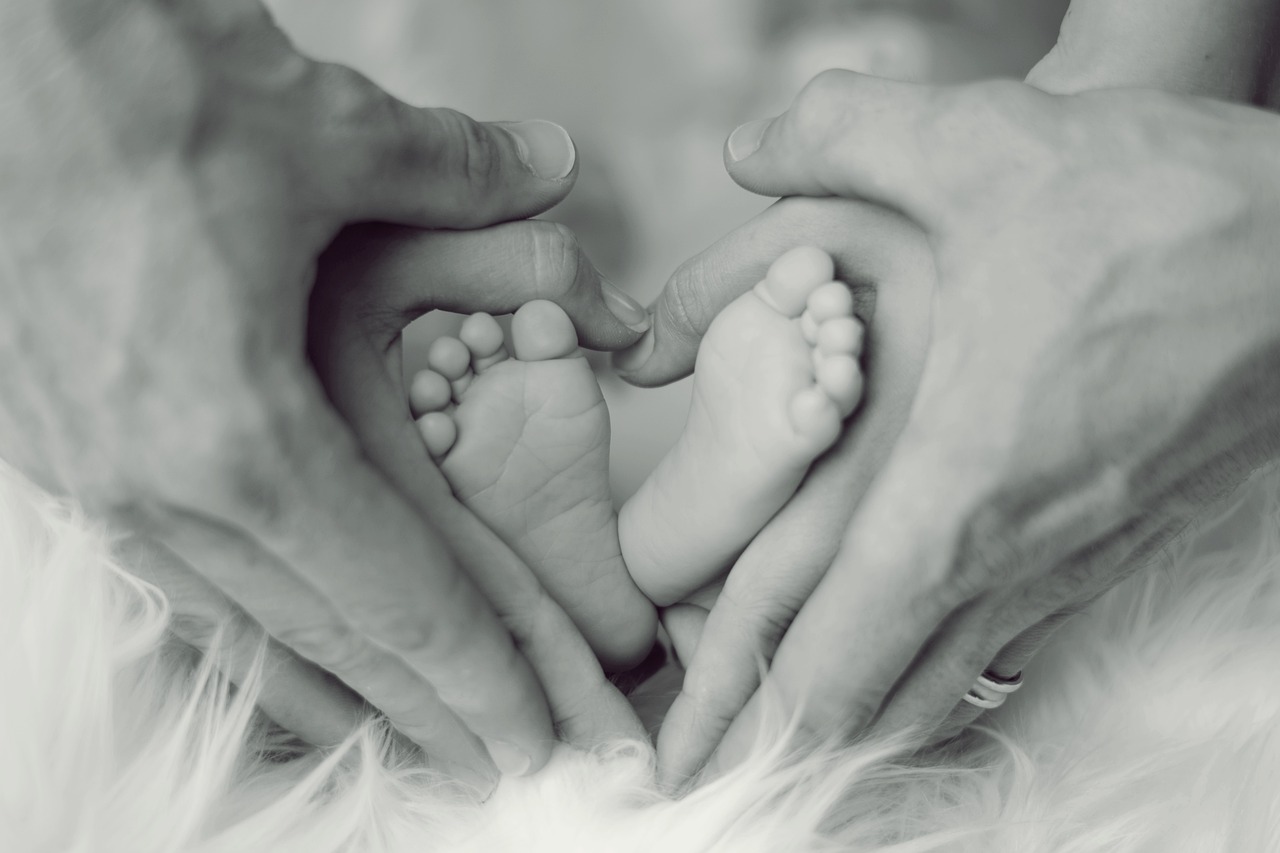For families affected by birth injuries, the journey often feels isolating and the future uncertain. However, ongoing research and groundbreaking innovations offer glimmers of hope on the horizon. As scientists unravel the intricacies of the developing brain and pioneer cutting-edge therapies, the landscape of birth injury treatment is evolving, promising brighter outcomes for affected children.
Advancements in Neuroprotection
One promising avenue of birth injury research focuses on neuroprotection – strategies to shield the newborn brain from damage during and after a traumatic birth. Innovations in this field include:
- Hypothermia therapy to cool the brain and prevent further cell death
- Stem cell treatments to regenerate damaged neural tissue
- Nanoparticle delivery of protective drugs across the blood-brain barrier
By intervening early with these neuroprotective approaches, researchers aim to minimize the extent of brain injury and improve long-term neurodevelopmental outcomes.
Breakthroughs in Regenerative Medicine
Regenerative medicine is another exciting frontier in birth injury research, offering hope for repairing and replacing damaged tissues. Scientists are exploring:
- Stem cell therapies to regenerate lost or impaired brain cells
- Tissue engineering to create functional neural networks
- Gene therapies to correct underlying genetic mutations
While still in the early stages, these regenerative approaches hold immense potential for reversing the effects of birth injuries and restoring lost abilities.
Innovations in Assistive Technology
Assistive technologies play a crucial role in maximizing independence and quality of life for children with birth injuries. Recent innovations include:
- Brain-computer interfaces that translate brain signals into commands for devices
- Exoskeletons and robotic aids to enhance mobility and strength
- Virtual reality systems for immersive therapy and skill-building
As these technologies become more sophisticated and accessible, they empower children to overcome physical limitations and engage with the world meaningfully.
Advances in Neuroimaging
Neuroimaging techniques allow researchers to visualize the brain in unprecedented detail, shedding light on the mechanisms of birth injuries and guiding targeted interventions. Cutting-edge imaging modalities include:
- High-resolution MRI to map neural networks and connectivity
- Functional near-infrared spectroscopy (fNIRS) to measure brain activity in real-time
- Diffusion tensor imaging (DTI) to assess white matter integrity
These advanced imaging techniques enable personalized treatment planning and monitoring of therapeutic responses by providing a window into the brain’s structure and function.
Progress in Rehabilitation Strategies
Rehabilitation is the cornerstone of birth injury management, helping children develop skills and compensate for impairments. Innovative rehabilitation approaches include:
- Constraint-induced movement therapy (CIMT) to promote use of affected limbs
- Neurofeedback training to enhance brain function and regulation
- Virtual reality-based therapies for immersive, engaging rehabilitation
As researchers refine these strategies and tailor them to individual needs, children with birth injuries can achieve greater motor control, cognition, and communication gains.
Collaborative Research Networks
Birth injuries are complex, multifaceted conditions that require interdisciplinary collaboration to unravel. Recognizing this, researchers are forming global networks to:
- Share knowledge and resources across institutions
- Coordinate large-scale clinical trials and data collection
- Foster cross-disciplinary partnerships between clinicians, scientists, and engineers
By working together, these collaborative networks accelerate the discovery and translation of research findings into meaningful therapies for affected children.
A Brighter Future on the Horizon
While the challenges of birth injuries are immense, the future is filled with hope and possibility. As research continues to unlock the secrets of the developing brain and give rise to groundbreaking therapies, the prospects for children affected by birth injuries are brighter than ever.
For families navigating this difficult journey, staying informed about the latest advancements and connecting with support networks can provide a sense of empowerment and optimism. By advocating for continued research funding and access to cutting-edge treatments, we can all play a part in shaping a future where every child has the opportunity to thrive, regardless of the challenges they face at birth.


I would love to get my son into stem cell research for his cerebral palsy limitations